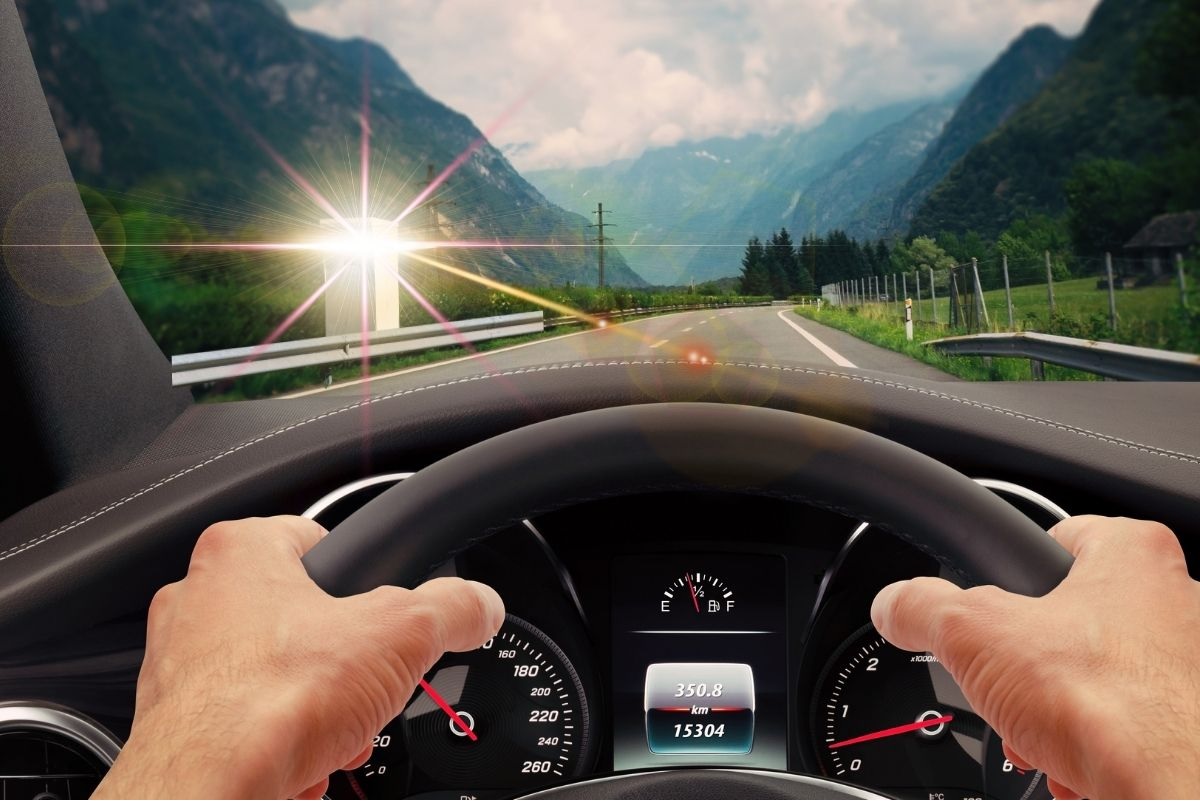A 2024 survey of U.S. drivers suggests that when it comes to avoiding speed cameras, most motorists lean on Google Maps rather than Waze or Apple Maps. The finding is striking, given Waze’s reputation for real-time crowdsourcing and the iPhone’s popularity in the United States.
Google Maps tops drivers’ choices
According to MarketWatch, 70% of respondents reported using Google Maps for speed camera alerts, compared with 27% for Waze and 25% for Apple Maps. The numbers hint at multi-app usage, but they also reveal a clear preference. Google’s platform appears to be the default navigation companion for most U.S. drivers.
Beyond raw adoption, the consistency of Google’s alerts and its integration with search and local data likely play a role. The result is a balanced experience that feels effortless for everyday driving.
Habits outweigh platforms
One key detail stands out: many users who switch from Android to iOS keep Google Maps as their go-to navigation app. Habits formed over years tend to persist, even when people change devices. This underscores a powerful reality in tech—familiarity can trump platform loyalty.
“I use what I know, and Google Maps just makes sense to me,” is a sentiment echoed across drivers who prize a predictable interface and accurate alerts. Switching operating systems, it seems, doesn’t necessarily switch navigation habits.
A near-monopoly under one roof
With Google Maps and Waze both owned by Google, the company effectively controls much of the navigation market for speed camera detection. That dual presence covers both mainstream users and enthusiasts who favor Waze’s community-driven ethos.
This dominance gives Google a unique advantage in data collection and refinement. It also raises the bar for Apple Maps, which must win users on features, reliability, and trust—rather than pre-installed convenience alone.
Why Google Maps keeps winning
- A massive user base that strengthens real-time data quality.
- Seamless integration with search, business listings, and reviews.
- Clear, consistent alerts that feel less noisy than crowdsourced alternatives.
- Cross-platform continuity for users who change phones or cars.
- A familiar interface that reduces cognitive load while driving.
In short, Google Maps offers a dependable, broadly useful experience. Even if Waze provides more granular inputs, many drivers appear to prefer a calmer signal-to-noise balance.
The legal picture in France
In France, apps are not allowed to pinpoint exact speed camera locations. To comply, they display broader alert zones instead of precise markers. Waze employs “areas of vigilance,” which warn drivers that enforcement may be present within a certain stretch.
This approach preserves the utility of alerts while aligning with local regulations. It also illustrates how navigation apps must adapt to regional laws—not just driver expectations.
Beyond cameras: making roads safer
The appeal of these apps extends beyond dodging fines. Navigation platforms increasingly support safer driving by highlighting speed limits, risky sections, and unexpected slowdowns. These features can reduce harsh braking, improve driver awareness, and encourage steadier speeds.
For many users, the greatest value lies in better situational awareness, not simply in avoiding enforcement. That broader utility helps explain why Google’s tools retain loyalty, even among drivers who could switch to something more specialized.
What it means for Waze and Apple Maps
Waze still commands a passionate following and excels at crowdsourced incident reporting. For drivers who want maximum community input—police sightings, hazards, debris—Waze is a compelling choice. Yet its chatty interface can feel busy compared with the more streamlined approach of Google Maps.
Apple Maps has improved significantly, particularly in design and privacy positioning. Its challenge is not just feature parity but user inertia. To win over drivers who already trust Google’s alerts, Apple must offer something decisively better—whether through tighter CarPlay integrations, more intuitive proactive warnings, or superior reliability in edge cases.
The takeaway for drivers
For now, Google Maps looks like the most trusted companion for speed camera alerts in the U.S., at least according to this 2024 snapshot. It combines reach, reliability, and a comforting familiarity that endures across devices and years.
The competition is far from over, however. As regulations evolve and vehicles become more connected, the best app may be the one that blends precise alerts with minimal distraction—and that helps drivers arrive safely, not just swiftly.
